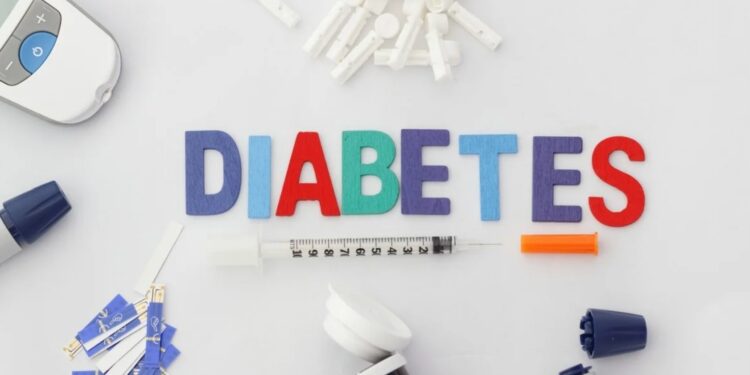An innovative artificial intelligence (AI) tool, developed by the University of Western Sydney, has the potential to change the way we manage T1D, providing improved diagnosis and tailored treatment options. Reported in the highly esteemed scientific journal Nature Medicine, this state-of-the-art technology has the potential to greatly enhance clinical outcomes, and in particular for young children with T1D at an early stage of their lives.
The new technology relies on a “Dynamic Risk Score” (DRS4C) that incorporates microRNAs – small RNA molecules located in blood — to gauge more precisely the roller-coastering risk of T1D. Traditional genetic markers merely offer a static view of lifelong risk — as if, when it came to risk for heart disease, you could find out only that you lived in a flood plain and not see any rising water line.
This ‘dynamic’ characterisation is all the more clinically relevant as time is of the essence in this context; due to the fact that the onset of T1D occurs at a young age, i.e. before 10 years of age, a life expectancy shorter by around 16 years can be expected.
The AI calculator is not only useful to assess risks, but also for treatment prediction. The AI-boosted risk score was also validated in another set of 662 patients in a study that probed at molecular footprint in close to 6,000 patients from different geographies, including India. Astoundingly, it could tell, just 1 hour after therapy, which T1D patients would stay insulin-free. This power carries over to the ability to predict responders and non-responders to a given drug therapy (prior to the start of the treatment).
In addition, the DRS4C has promise in discriminating T1D from Type 2 diabetes, which is an issue in adults and the result is often a misdiagnosis. A revolutionary application of AI This landmark AI applicatio n is an enormous step forward in precision medicine for diabetes, providing a groundbreaking new tool for clinicians to identify and act earlier – earlier, more personalised treatment can lead to improvements in the quality of life of millions of people with Type 1 Diabetes worldwide.
















